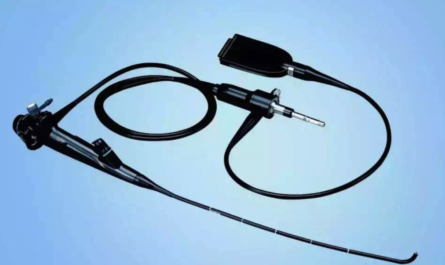
Surgical sinks play a vital role in ensuring sterility and infection control in operating rooms and surgical environments. With lives on the line, it is crucial that healthcare facilities choose and care for these sinks appropriately. This article will explore the key factors to consider when selecting, using, and maintaining surgical sinks.
Choosing the Right Sink
The first step is choosing a sink that meets the needs of the surgical setting. Several important characteristics must be considered:
Material – Surgical sinks are typically made of stainless steel for its durable and rust-resistant properties. Stainless steel stands up well to cleaning chemicals and harsh disinfectants without degrading. Other materials like polymer could harbor bacteria.
Design – Ergonomic features like wide basins and bowl shapes are important for effectively cleaning hands and instruments. Touchless faucets and knee- or foot-operated controls reduce risk of recontamination compared to manual faucets. Deep basins accommodate large equipment better than shallow sinks.
Standards Compliance – Sinks must meet standards like NSF International or Underwriters Laboratories (UL) certification to ensure they are properly constructed for healthcare use. Certified sinks undergo stringent tests for cleanability and structural integrity.
Drainage – Strong drainage capability is needed to quickly remove waste and water. Antisiphon loop drains prevent backflow and traps keep odors contained. Floor drains near sinks also aid in spill management.
Accessories – Brackets, shelving, and other fixtures provide organization and hands-free storage of supplies near the sink for efficient workflows.
Proper Use and Maintenance
Even with the best surgical sink, risks develop if not used and maintained appropriately:
Cleaning – Sinks must be thoroughly cleaned and disinfected between each use per established protocols, usually involving multi-step processes with EPA-registered hospital disinfectants.
Inspection – Regular inspection checks for cracks, corrosion, or other signs of wear that could harbor microbes if not addressed. Repairs are made immediately versus waiting for issues to worsen.
Drain Filtration – Surgical sink drains require screens or filters that are changed per the manufacturer’s schedule to prevent clogs and drainage issues.
Water Quality – Facilities test water at sinks routinely to ensure proper chlorine levels and lack of sediment, minerals, or other contaminants that washing may not remove. Remediation is done as needed.
Recordkeeping – Date-stamped records document each cleaning, inspection, filter change, and water test to prove due diligence in infection control and pass audits.
Staff Training – All involved in cleaning and maintaining surgical sinks undergo initial and ongoing education on proper procedures to reinforce standards compliance.
Selecting the right surgical sink model sets the stage for sterility, but ensuring appropriate ongoing use, maintenance, recordkeeping and staff training are also essential practices for infection prevention. With diligence in all areas, facilities can feel confident their sinks adequately support safe surgical environments.
Creating a Sterile Field
At the start of each procedure, the surgical team works meticulously to establish a sterile field on and around the sterile sink. This sterile field serves as the workspace where instruments and supplies will be opened and prepared without contamination prior to use on the patient:
Sterile Drapes – Heavyweight, spun-bound drapes are placed around the sink, extending beyond its edges, and secured with ties or adhesive. Only the draped surface remains sterile.
Disinfection – The draped sink area is thoroughly cleaned and disinfected with an approved product, usually an alcohol-based formulation, prior to draping and setting up the field.
Supply Placement – All items opening into the field like instruments, sponges, gowns and gloves are carefully oriented facing the down-draft area of the sink where air flows safely away from the open items and user.
Transfer Methods – Users passing items into the field hold them well above the draped surface and avoid touching anything outside the sterile area. Double gloving prevents contact when needed.
Replenishment – Any item placed into the field from outside must be decontaminated first or introduced using aseptic technique to maintain sterility within the enclosed work area.
Monitoring – Throughout the procedure, vigilance is upheld by all to ensure nothing outside the draped area is touched and asepsis standards are strictly followed whenever entering the field.
Proper sterile field and asepsis practices centered around a cleaned surgical sink provide the safe, contamination-free work environment essential for patient outcomes. Strict adherence is critical for effective infection control.
Conclusions
In healthcare settings where quality of outcomes depends on sterility, sinks that facilitate effective cleaning and sterile field preparation serve as the linchpins of safety. Close attention to sink selection, standardized use, dedicated maintenance routines, staff training, and sterility protocols establishes a coordinated approach to infections prevention. With so many variables requiring alignment, maintaining the integrity of surgical sinks emerges an important indicator of an organization’s commitment to infection control best practices. Diligence across all areas ultimately helps protect patients from the life-threatening risks of nosocomial contamination.
*Note:
1. Source: Coherent Market Insights, Public sources, Desk research
2. We have leveraged AI tools to mine information and compile it


